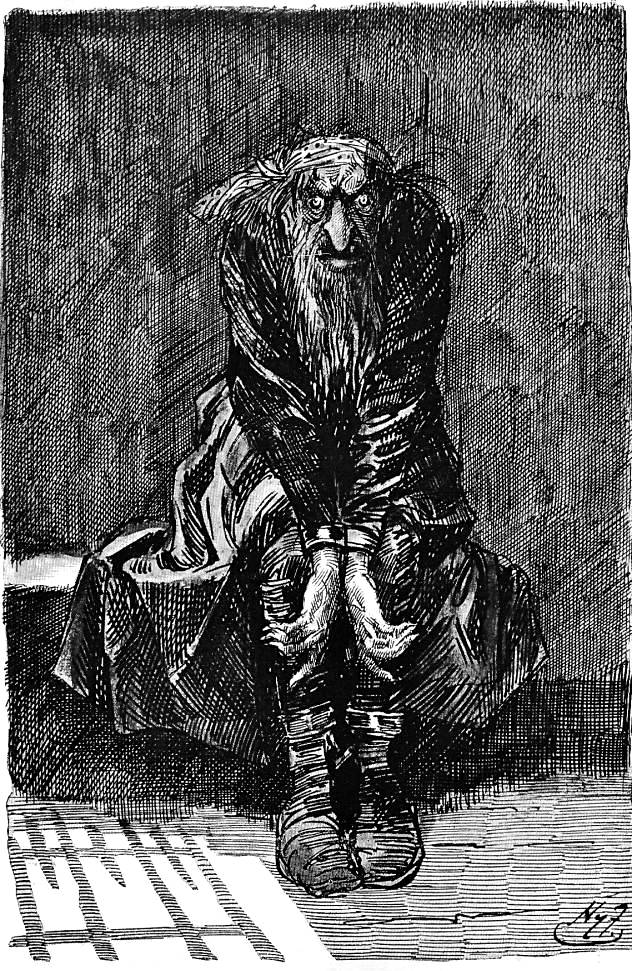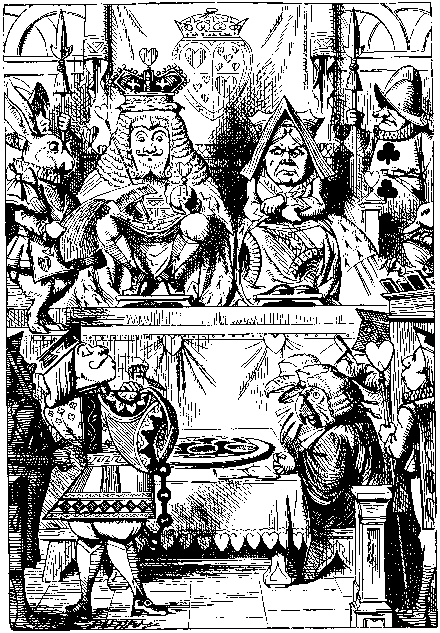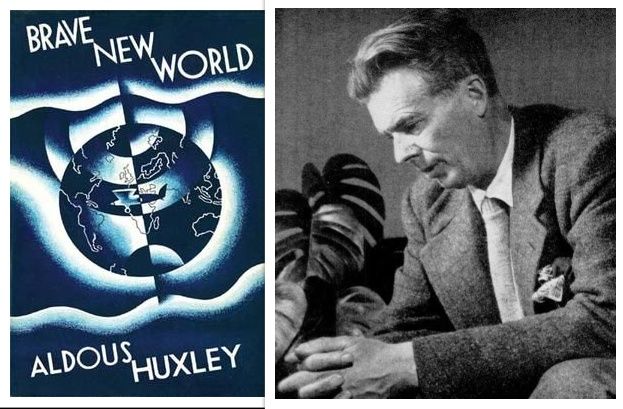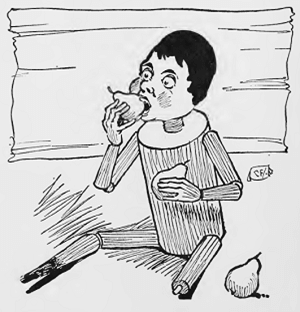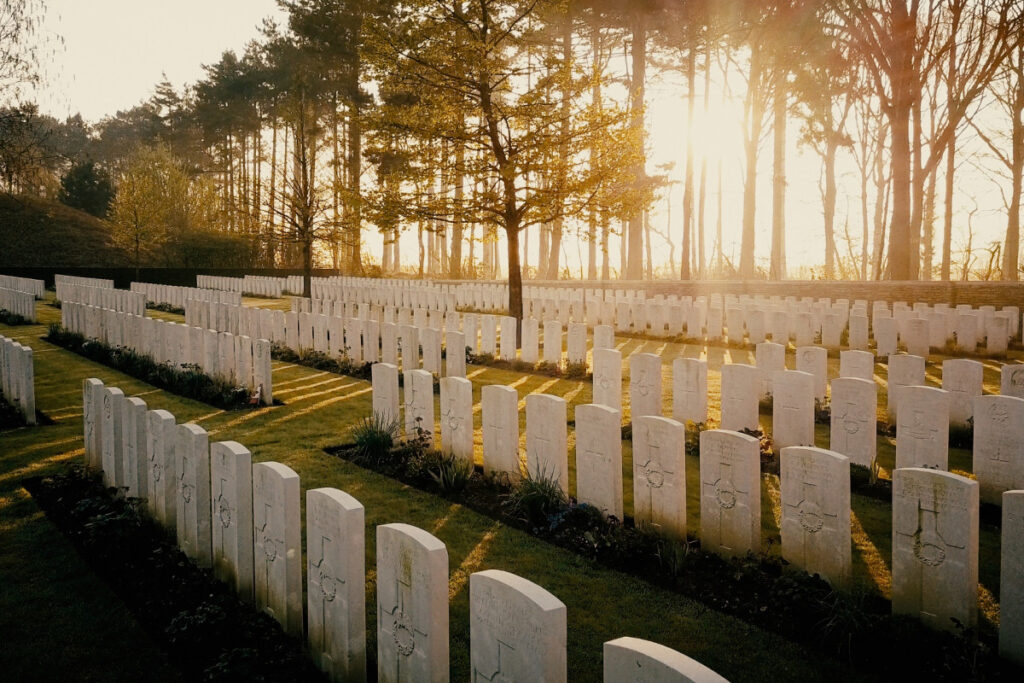Note: If you wish to receive, via e-mail, (1) my weekly newsletter or (2) daily copies of these posts, write to me at rrbates1951@gmail.com. Comments may also be sent to this address. I promise not to share your e-mail with anyone. To unsubscribe, write here as well.
Sunday
This past Friday, May 31, was the Feast of the Visitation. This is moment when, two months after becoming pregnant with Jesus, Mary visited her maternal aunt Elizabeth, soon to be mother of John the Baptist. Given the society’s strictures against unwed mothers, one can imagine Mary’s anxieties and how grateful she must have been for Elizabeth’s positive encouragement. “Blessed are you among women, and blessed is the child you will bear!” Elizabeth told her (according to Luke). And a little later, “As soon as the sound of your greeting reached my ears, the baby in my womb leaped for joy. Blessed is she who has believed that the Lord would fulfill his promises to her!”
In “A Blessing Called Sanctuary,” writer and ordained Methodist minister Jan Richardson imagines Elizabeth recalling Mary’s visit. “You hardly knew,” she tells her niece,
how hungry you were
to be gathered in,
to receive the welcome
that invited you to enter
entirely—
nothing of you
found foreign or strange…
In Richardson’s telling, the house becomes a sanctuary—Mary stayed three months before returning to Galilee to marry Joseph—and Elizabeth remembers how Mary settled in, “leaning into the blessing that enfolded you.” At this point in the poem, this blessing is both Elizabeth’s blessing and the pregnancy itself. As Mary leans into both—they are described as “unimagined grace”—she is able
to breathe again,
to move without fear,
to speak with abandon
the words you carried
in your bones,
that echoed in your being.
You learned to sing.
The song she sings is “The Magnificat,” also known as “The Song of Mary.” The blessing Mary has received, Elizabeth tells her, cannot stay private. “The deal with this blessing,” the aunt asserts,
is that it will not leave you alone,
will not let you linger
in safety,
in stasis.
In other words, Mary cannot continue to hunker down in Elizabeth’s house. Just as that house and the pregnancy have become sanctuaries, so Mary’s words must go public becoming a sanctuary for the world. As Elizabeth puts it, Mary will need
to speak your word
into the world,
to tell what you have heard
with your own ears,
seen with your own eyes,
known in your own heart…
What Mary has heard, seen, and known during the time spent with her aunt is that she is blessed among women. That message, which is true of all of us, is summed in Elizabeth’s closing words:
[Y]ou are beloved,
precious child of God,
beautiful to behold,
and you are welcome
here.
I love how, with the final “you are welcome here,” the poem folds back around to Elizabeth’s welcoming hospitality. When we, like a newly pregnant and frightened Mary, are moving through a hostile and uncomprehending world, unsure of ourselves and not knowing where to turn, God opens Her arms to us.
Here’s Richardson’s poem:
A Blessing Called Sanctuary
By Jan Richardson
You hardly knew
how hungry you were
to be gathered in,
to receive the welcome
that invited you to enter
entirely—
nothing of you
found foreign or strange,
nothing of your life
that you were asked
to leave behind
or to carry in silence
or in shame.
Tentative steps
became settling in,
leaning into the blessing
that enfolded you,
taking your place
in the circle
that stunned you
with its unimagined grace.
You began to breathe again,
to move without fear,
to speak with abandon
the words you carried
in your bones,
that echoed in your being.
You learned to sing.
But the deal with this blessing
is that it will not leave you alone,
will not let you linger
in safety,
in stasis.
The time will come
when this blessing
will ask you to leave,
not because it has tired of you
but because it desires for you
to become the sanctuary
that you have found–
to speak your word
into the world,
to tell what you have heard
with your own ears,
seen with your own eyes,
known in your own heart:
that you are beloved,
precious child of God,
beautiful to behold,
and you are welcome
and more than welcome
here.
And in case you need reminding, here’s Mary’s “Magnificat,” which assures us all that we are indeed precious children of God:
My soul proclaims the greatness of the Lord,
my spirit rejoices in God my Savior,
for he has looked with favor on his lowly servant.
From this day all generations will call me blessed:
the Almighty has done great things for me,
and holy is his Name.
He has mercy on those who fear him
in every generation.
He has shown the strength of his arm,
he has scattered the proud in their conceit.
He has cast down the mighty from their thrones,
and has lifted up the lowly.
He has filled the hungry with good things,
and the rich he has sent away empty.
He has come to the help of his servant Israel
for he has remembered his promise of mercy,
the promise he made to our fathers,
to Abraham and his children forever.

